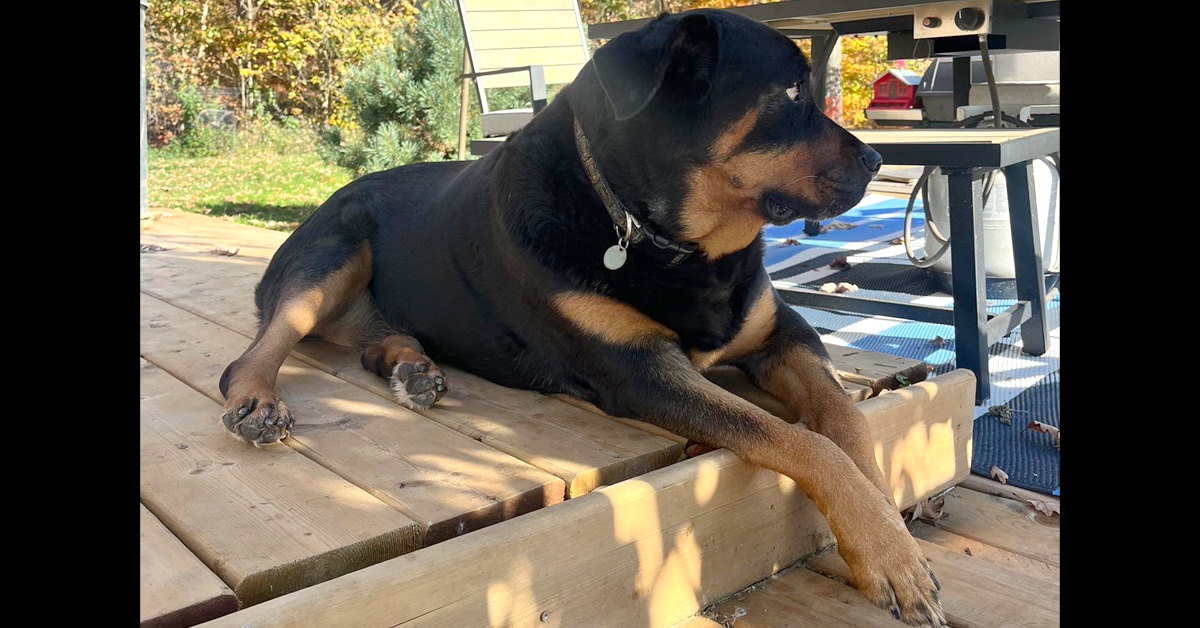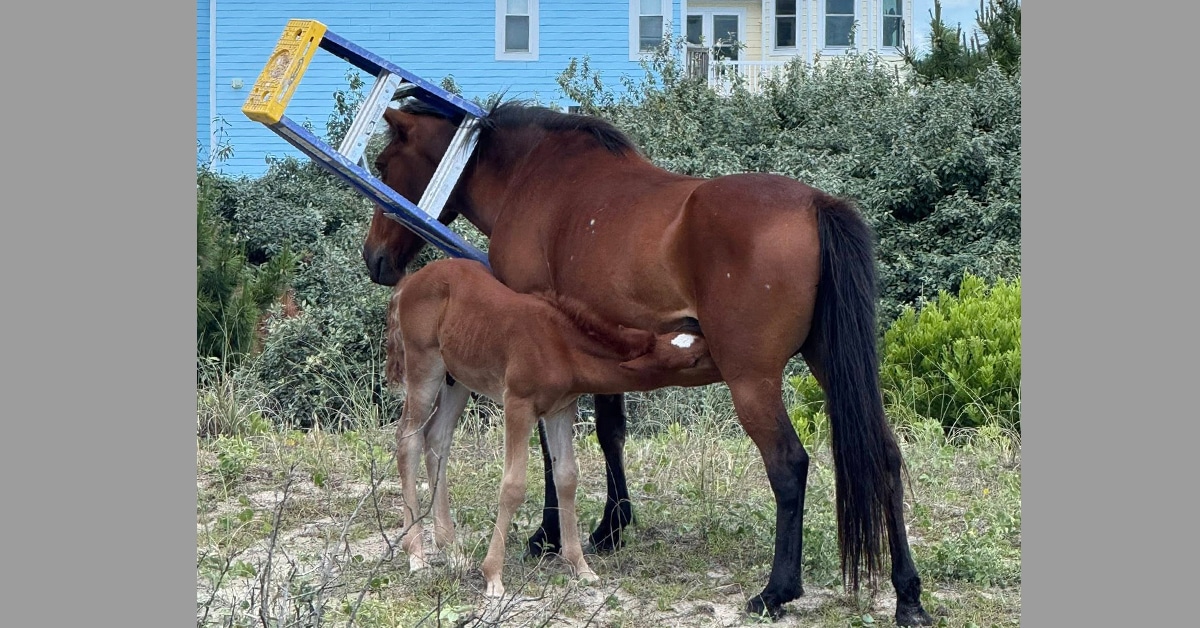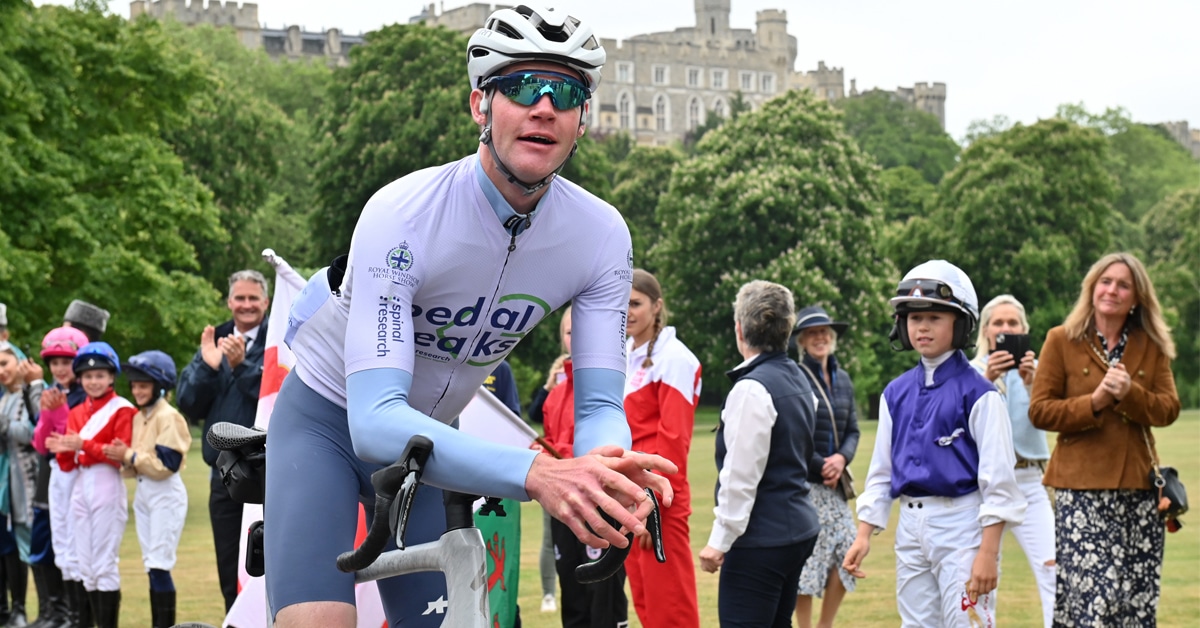Across the pond, the Dartmoor Pony Heritage Trust (DPHT) has stepped up to help farmers and breeders of the rare Dartmoor Pony, as the effects of the climate crisis, increase in the cost of feed, fuel, and just about everything else puts a strain on the local pony owners.
The DPHT has announce a substantial increase in support for breeders to try and maintain numbers of ponies being bred on the moor, which the society says has become alarmingly low, as has the gene pool. “Unless we step in to encourage breeders and keepers to continue keeping ponies on Dartmoor, those hardy, resilient, native Dartmoor ponies, which are a welcome sight at the moment, could be consigned to history,” says DPHT chairman Malcolm Snelgrove. “We need to step in and take action now.”
As all horse owners know, it’s not only the cost of feed and fuel that has increased, but vet and farrier bills are on the rise too. Another reason why this initiative is going to be welcome news to local breeders. “The extra support from the Dartmoor Pony Heritage Trust is like a comfort blanket for us,” says Margaret Rogers, a generational farmer and breeder.
The ponies are a native breed to the County of Devon in the southwest of England and have been living wild on the moors since the Middle Ages. According to the Trust website, the first written record of ponies on Dartmoor dates all the way back to 1012 AD. In the 1800s, these ponies would be used as beasts of burden, pulling carts to town and even working the coal mines.
The Dartmoor Pony is recognized as a rare breed by the Rare Breeds Survival Trust https://www.rbst.org.uk/ . Famous for its kind and child-friendly temperament, the breed standard is no larger than 12.2 hh, of solid color with few white markings, with a flowing mane and tail. The main studbook is kept by the Dartmoor Pony Society, which represents pedigree ponies only. There are many ponies on the moor with unknown breeding.
The DPHT was established 20 years ago to promote the ponies and the Dartmoor area to visitors from England and around the world.
Watch a video from the the Dartmoor Pony Heritage Trust here:
More News









